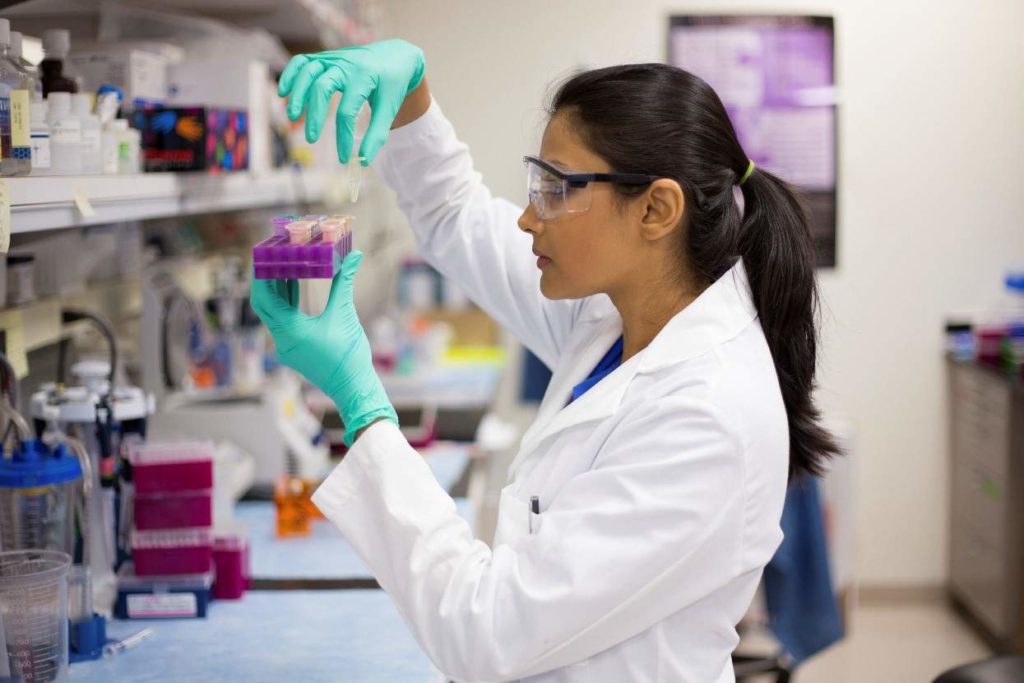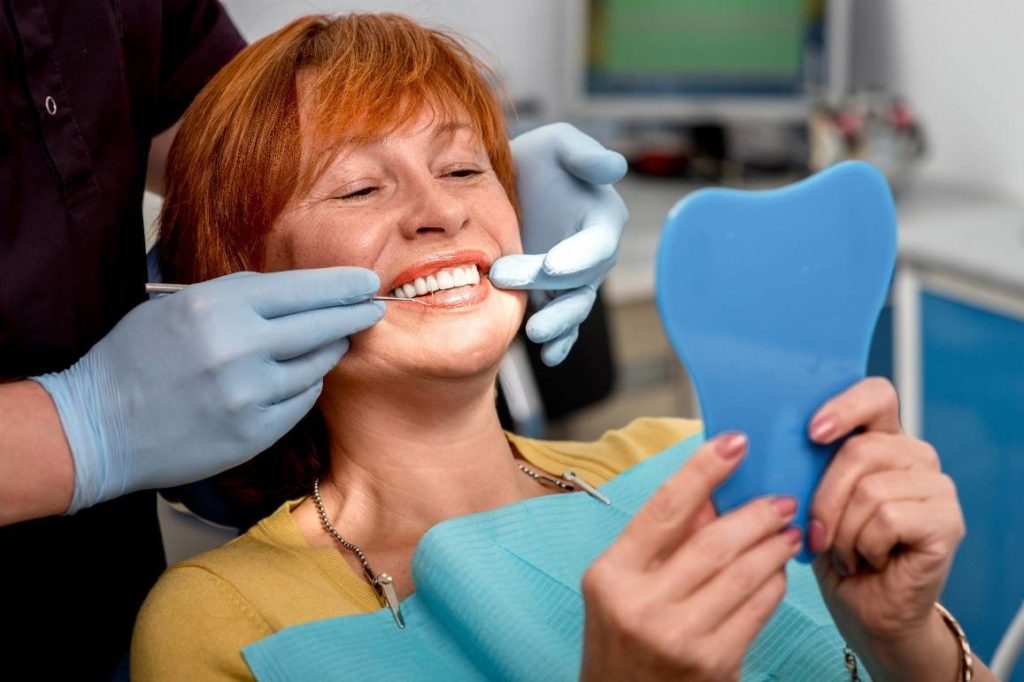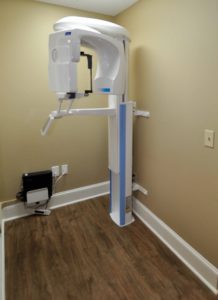Fillings Have Improved Over the Last 13,000 Years!
Fillings have been around for up to 13,000 years. Recently, Archaeologist discovered a 13,000-year-old skeleton with fillings. This the earliest detection of tooth fillings. But once you see those filling you will be glad that they have improved over the years.
Your Community Dental in Wilmington, North Carolina is way ahead of their time with the latest equipment to detect dental concerns that might require fillings. If you are concerned that you have a cavity or haven’t had a checkup in a while, we encourage you to come visit. You’ll enjoy the upgraded office and you’ll appreciate the new technology. We really hope you don’t have a cavity but if you do the new options are definitely worth discussing with your dentist.
What Fillings Looked Like 13,000 Years Ago?

What are fillings?
When a tooth is damaged or decayed a filling may be used to recondition the tooth. The filling brings the tooth back to its ordinary function and shape. When fillings are used the dentists at Your Community Dental remove the rancid tooth material, clean the tooth and the affected area. Then the filling is placed. There are several different kinds of filling that can be used. The type of filling used is determined by which tooth needs to be repaired, the cost of the material, and personal preferences.
Recently, Live Science Contributor, Megan Gannon, from Fox News Tech reported on the earliest detection of dental fillings. Archaeologists found two teeth that appeared to have rudimentary fillings, from a 13,000-year-old skeleton. The two front teeth were found with large holes in the shell that extended to the tooth’s pulp chamber.
This captured the most advance dental care of the ice age time period. Scientist have uncovered the methods of primitive humans’ answers to oral problems. Research shows that cavities would be drilled out with stone tools and then vacuum-packed with beeswax. Wow! Are you glad technology has improved, or what? Having an oral procedure done can be daunting, but it is nothing compared to what our ancestor went through. Scientist also discovered that things like toothpicks would be used to treat red-looking gums and even extract decayed teeth.
The 13,000-year-old skeleton was found in an ice age establishment in Italy. It is thought to be the oldest example of dental fillings. Inside the tooth were ridges that came from the scraping out decayed material from the tooth with a stone tool. Once the decayed mater was removed the tooth would be filled bitumen. Bitumen is a tar-like material that was thought to be used in hope of preventing infection. It acted like an antiseptic.
The teeth found in this 13,000-year-old skeleton are unique and redefined how long dentistry has truly been around. Prior to uncovering this scientific tooth-fillings the earliest sign of dental fillings was found in a 6,500-year-old skeleton mouth.
Filling Have Changed!

Thankfully, over the last 13,000 years, filling have completely transformed. New technology has standardized the filling as a common way to relieve pain and protect teeth from the harm of cavities. Dentist in the early 1800’s used tin or cohesive gold to fill teeth. Around 1830 Amalgam, made from alloy and mercury was introduced and became the norm until around 1908 when silicate cements were used to create a more pleasing look. Later dentist used a variety of very safe gold fillings, porcelain, and finally composite resin.
Today’s dentists have new technology that make the filling procedure easy and painless. What a relief! The new equipment is designed to comfortably fully examine teeth, remove decay, and fill the tooth with safe substances.
When Does Your Tooth Need A Filling

A tooth needs a filling to repair cavities and to restore impaired and perished teeth. But your dentist may offer other options if the cavity or tooth issue is not severe. Crowns, Inlays and Onlays may be a better option.

All of these measures prevent additional decay and bacteria from entering the inside of the tooth.
 To find out if you have a cavity and if the cavity is severe enough that a filling is required, schedule an appointment at Your Community Dental. The first step is to schedule a basic checkup so a dentist can examine your teeth. The dentist many even decide to take X-Rays to examine the tooth roots and structure of the tooth. Fortunately, Your Community Dental has a new 3 dimensional digital device that makes X-Rays a snap!
To find out if you have a cavity and if the cavity is severe enough that a filling is required, schedule an appointment at Your Community Dental. The first step is to schedule a basic checkup so a dentist can examine your teeth. The dentist many even decide to take X-Rays to examine the tooth roots and structure of the tooth. Fortunately, Your Community Dental has a new 3 dimensional digital device that makes X-Rays a snap!
Following the examination, your dentist will discuss the options, procedure and cost of your tooth repair.
Filling Options

- Porcelain Fillings– Porcelain is one of the most popular, and often, people’s first choice because it can be made to match the exact color of the tooth. This makes it look natural. Porcelain is also made to resist staining. But, it is an expensive selection. The porcelain filling is the same as inlays or onlays and are manufactured in a lab and then they are bonded to the teeth.
- Gold Fillings– Gold is often used for people who have sensitive gums or who have allergies to certain materials. Gold inlays are known for being well accepted by gum tissue. These fillings also last for a very long time and if they are taken care of properly they can last for over twenty-years. Many dentists recommend this type of filling even though the cost is subject to the gold market. It also involves several dental appointments.
- Composite Fillings– Composite fillings are made from a mixture of glass and plastic. They can be made to match the color of the tooth. This is a good pick when a tooth is visible when smiling because it will appear natural. The components are mixed together and placed directly into the replacing tooth area. This is not the ideal material for a large area and the filling does not last as long as other materials. It can chip and wear easily over time. This material usually last for anywhere from three to ten years. It is important to be aware of coffee, tea, tobacco, and other substances as this material stains easily.
- Amalgam Fillings– Amalgam is a sliver component that is used as a filling. This is an excellent option if you are not concerned about the color and do not have any sliver allergies. This is an inexpensive method and is resistant to wear. Amalgam is an especially good option for teeth that are not visible when smiling.
Now that you have an overview of fillings. Give Your Community Dental near you in Wilmington, North Carolina a call to schedule an appointment. Call 910-342-9210 to speak with a dental expert and schedule your check-up.
